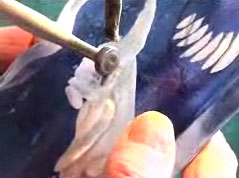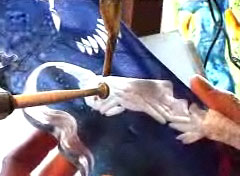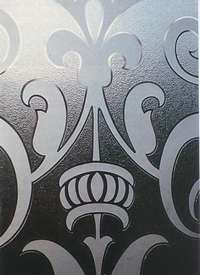Overview:
In decorative glass, award and recognition industries, crystal sandblasting is frequently referred to as “deep-etch engraving“. It is a wonderfully popular technique, with few substitutes. While wheel-engraving is possible, it is incredibly time consuming and skill demanding; acid-etching is extremely dangerous & noxious; and laser-etching has a range of flaws which make it a questionable choice.
Nevertheless, the traditional etching methods remain widely used on specialty glass decorations. There are a number of different methods that can be used for tradition crystal etching.
Wheel Engraving:


Common referred to as “Hand Carving“, Wheel Engraving is a highly skilled and labor-intensive process. The engraving technique is often described as the most difficult form of engraving to master. As a result, its application on crystal glass was confined to a comparatively small scale and higher-end of the market.
Wheel Engraving use engraving wheels made from carboniferous sandstone or copper that varied in diameter from 5 to 90cm. Each wheel creates a particular effect. Generally, the larger wheel was used for straight lines and gentle curves and the smaller wheel for tighter curves. The engraver sits in front of a bench-mounted lathe turned by an electric motor and holds the glass on his/her fingertips. The surprising and most obvious thing to the onlooker is that the glass is moved and not the tool. What makes it more complicated is that the glass is held behind the wheel not on top. The unusual position gives great control although it seems awkward at first. It requires practice. The technique is often described as the most difficult form of engraving to master.

